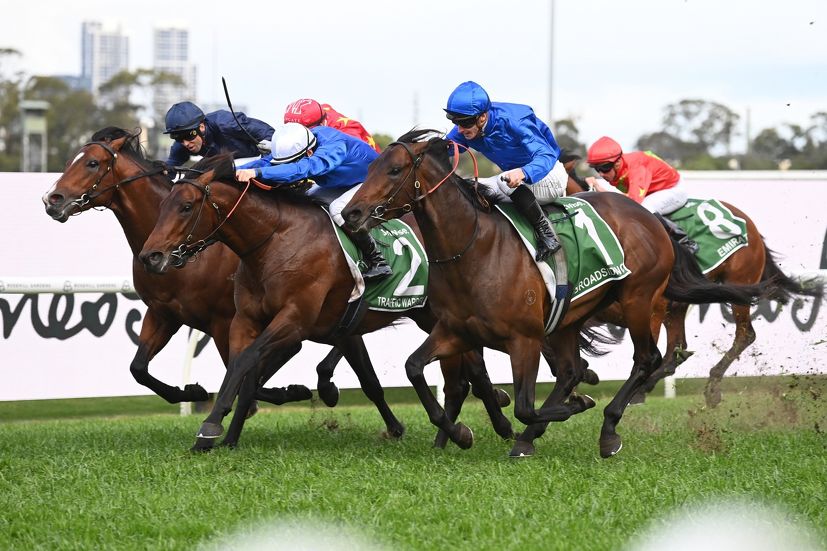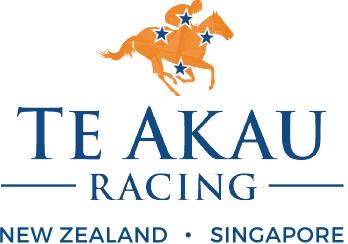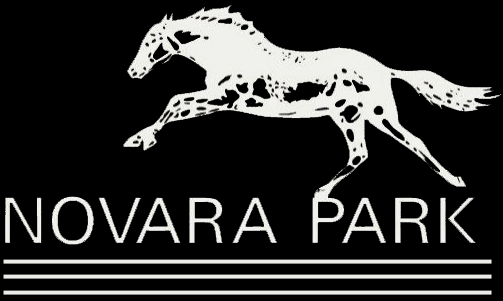 A deep dive into the pedigree of Triple Group One winner Broadsiding
A deep dive into the pedigree of Triple Group One winner BroadsidingLike many others with an interest in racing and breeding, I often delve into the pedigrees of horses making headlines.
The latest to pique my interest is Broadsiding, who headed a Godolphin/James Cummings quinella in last Saturday’s Gr. 1 Golden Rose in Sydney. That fresh-up win was his third Group One to go with the ATC Champagne Stakes and BRC JJ Atkins Stakes at the tail-end of his two-year-old campaign.
Broadsiding initially came on my radar back in April when I was on-course at Randwick for Day 2 of The Championships and he scored his first win in the Listed Fernhill Mile. The son of last season’s leading Australian freshman sire Too Darn Hot was an eyeful then, but through the lens of Trackside TV on Saturday, the three-year-old version looks something else again.
It wasn’t until after his Golden Rose win that I took a deep dive into his pedigree, and what I found stirred up something personal – memories of my earliest days in the wonderful world that has since been my life.
At the core of that was a mare named Golden Sabrina, who my Arion Pedigrees research revealed as the seventh dam of Broadsiding. That’s right, more than half a century and seven equine generations have passed since I first met a broodmare who could claim at least part of the credit for establishing a very active dynasty.
When I left Matamata College two-thirds of the way through my seventh form year with no desire to attend university, it was to become a trainee with racing all-rounder Frank Wilson, who at the time operated Evergreen Lodge as well as still engaging as a journalist.
Being taught “which end kicks and which end bites” as the precursor to becoming a racing journalist myself, over the ensuing two years I gained a full briefing from stud work to assisting with the small racing team as well as “ghostwriting” the boss’s various contributions.
I can still clearly recall Golden Sabrina, a medium-sized liver chestnut with an unusual scar on her right inner buttock, believed to be the aftermath of a kick from a paddock-mate. She was by the Te Parae stallion Sabaean, a son of the English Derby winner Blue Peter from a half-sister to the mighty Hyperion. Their dam Selene was to gain further fame as the ancestress, amongst others, of the one and only Sir Tristram.
In the early 1970s during my time at Evergreen Lodge, Golden Sabrina produced consecutive foals by resident sire Sugar Apple, the first a filly named Gold Diana and a colt who as Massuk developed into a tough middle-distance galloper in Victoria with 15 wins headed by the Bendigo, Kilmore and Seymour Cups.
Gold Diana, who was placed in a brief racing career, became the next link in the chain as the dam of eight winners from 10 to race, the best of them Group One winners Gold Hope, a daughter of the Golden Slipper winner John’s Hope, and Old Currency, by 1980s Evergreen Lodge sire One Pound Sterling.
Old Currency won just twice, but one of those was the Gr. 1 West Australian Derby, while his older sibling became a star sprinter-miler. Owned by Sydney lawyer Norm Rodgers and raced on lease by Hawke’s Bay orchardists Tony and Richard Hodgkinson, the showy chestnut was trained at Takanini by Hall of Famer Ray Verner.
By then I was on the racing desk at the Auckland Star and my beat included clocking trackwork during the glory days of the Auckland Racing Club’s South Auckland training centre, which offered a box seat view of some of that era’s best horses.
Gold Hope won two of her five juvenile starts, a mere sample of what was under the hood. On New Year’s Day 1981, she became one of those rare three-year-old fillies to win the Gr. 1 Railway Handicap, one of four wins that season, and by her four-year-old season she had developed into a fully-primed racehorse.
A virus interrupted spring plans, but by late summer Gold Hope was back better than ever. After mastering 1600m in the Gr. 2 New Zealand Thoroughbred Breeders’ Stakes at Te Aroha, she joined her stablemate Prince Majestic on an all-conquering Sydney autumn carnival raid.
Prince Majestic, royally-bred as his name suggests by Noble Bijou from the New Zealand Oaks and dual New Zealand Cup winner Princess Mellay, had won the Gr. 1 AJC Spring Champion Stakes as an early three-year-old.
At the 1982 Sydney carnival some 18 months later, he added the STC Tancred Stakes and AJC Queen Elizabeth Stakes, while in the space of a week, Gold Hope completed her own double in the AJC Doncaster Handicap and All Aged Stakes. Nigel Tiley rode both Verner stars in their perfect Group One quadrella, and for good measure he added the Sydney Cup on the Alan Jones-trained Azawary.
After adding the Gr. 3 Katies Cup at the Queensland winter carnival, Gold Hope went to stud the following spring and over the next dozen years she produced seven foals, with the five that raced all winners. Her best were the 1985 Clear Choice filly Byzance Star, winner of the Gr. 2 Taranaki 2YO Classic, and the 1993 Bluebird filly Blue Storm, who has been the linchpin to the family’s successes over recent years.
After winning the Gr. 3 VRC Frances Tressady Stakes and VATC Mannersim Stakes, Blue Storm joined the Ingham brothers’ Woodlands Stud broodmare band, where she was to leave the Zabeel filly Steflara, winner of the Gr. 3 AJC Breeders’ Classic and producer in turn of the stakes-placed Redoute’s Choice fillies Pleiades and Glissade.
The latter of that pair has excelled at stud as the dam of the Gr. 1 One Thousand Guineas winner Flit and granddam of Broadsiding, while Glissade’s half-sister Squalls is the dam of last season’s Gr. 1 ATC Flight and Surround Stakes winner Tropical Squall.
In 2008 much of this line came into the ownership of Darley with the purchase of the Woodlands Stud breeding empire, as recounted by Darley’s Head of Stallions Alistair Pulford.
“Glissade was one of the first we bred from the Woodlands band,” Pulford told Raceform this week. “She was trained by Peter Snowden and showed a lot of two-year-old speed to win on debut, but she ended up having only a handful of starts.
“Besides Flit she produced Speedway, who won a couple of races and is now the dam of Broadsiding. Unfortunately he was the last of only of three foals she produced before we lost her with colic a couple of years ago.”
The Caulfield Guineas on Saturday week, for which he is the odds-on favourite, now looms large on Broadsiding’s spring agenda, and as Pulford points out, a wealth of opportunity is on the table.
That includes the Cox Plate, in which he would get the chance to go one better than his Godolphin predecessor Anamoe, who in his next start after winning the 2021 Caulfield Guineas was narrowly beaten at Moonee Valley before returning victorious as a four-year-old.










